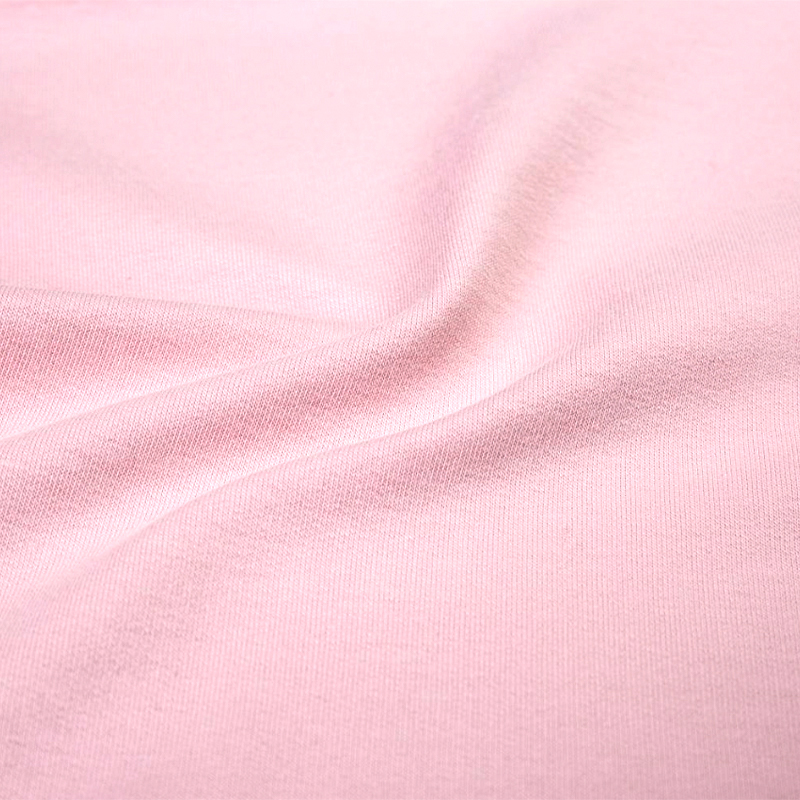The loop density and height of terry cloth fabric significantly influence its absorbency and drying properties in the following ways:
Absorbency:
Loop Density: Higher loop density typically means more loops per unit area. This increases the fabric's surface area available for absorbing moisture, enhancing its absorbency.
Loop Height: Longer loops can hold more moisture due to increased surface area and capillary action. Thus, terry cloth with taller loops tends to have higher absorbency compared to shorter loops.
Drying Speed:
Loop Density: Lower loop density allows for better airflow through the fabric, facilitating quicker drying times.
Loop Height: Shorter loops dry faster because they have less surface area to retain moisture. Longer loops may hold onto moisture longer, increasing drying time.
Durability:
Loop Density and Height: Optimal loop density and height balance are crucial for durability. Too high a density or height may lead to quicker wear and tear, affecting the fabric's longevity.

Performance in Use:
Loop Density: Higher density may provide a more plush and luxurious feel, but it can also affect the weight and bulkiness of the fabric.
Loop Height: Longer loops can provide better cushioning and softness, which are desirable in towels and bathrobes.
Manufacturing Considerations:
Loop Density and Height Control: Manufacturers can adjust loop density and height during production to achieve specific performance characteristics tailored to different applications, such as towels, bathrobes, or cleaning cloths.
Understanding these factors allows manufacturers and users to choose terry cloth fabrics that best meet their needs for absorbency, drying speed, durability, and comfort.

.jpg?imageView2/2/format/jp2)
.jpg?imageView2/2/format/jp2)




.png?imageView2/2/format/jp2)


.jpg?imageView2/2/format/jp2)
